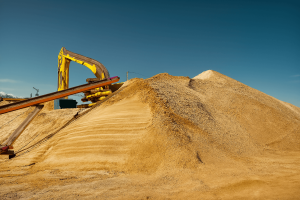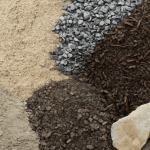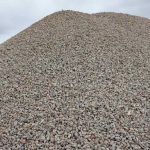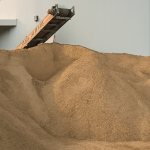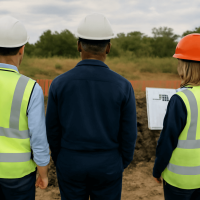As the construction industry continues to evolve, there’s a growing emphasis on sustainability and environmental responsibility. One of the most impactful ways to support this shift is through the use of eco-friendly building materials. These materials not only reduce the environmental footprint of construction projects but also contribute to healthier, more energy-efficient living spaces. In this article, we explore sustainable choices in building materials that are shaping the future of modern construction.
Why Sustainable Building Materials Matter
Traditional building materials, such as concrete, steel, and plastic-based products, often come with high energy costs and environmental impacts. They contribute to carbon emissions, resource depletion, and waste generation. In contrast, eco-friendly alternatives are designed to:
-
Reduce carbon footprint
-
Use renewable or recycled resources
-
Enhance energy efficiency
-
Minimize construction waste
-
Promote healthier indoor air quality
By choosing sustainable building materials, architects, developers, and homeowners can play a crucial role in combating climate change while creating long-lasting, efficient structures.
Top Eco-Friendly Building Materials for Modern Construction
1. Bamboo
Bamboo is a fast-growing, renewable resource that is incredibly strong and flexible. It requires minimal energy to harvest and process, making it a great alternative to traditional wood.
Benefits:
-
Highly renewable
-
Lightweight yet durable
-
Aesthetic and versatile
2. Recycled Steel
Recycled steel uses far less energy compared to producing new steel and is ideal for structural frameworks. It’s durable, strong, and recyclable, making it a sustainable choice for large-scale projects.
Benefits:
-
Extremely durable
-
Reduces landfill waste
-
Fire and pest resistant
3. Rammed Earth
This ancient technique uses natural raw materials such as earth, chalk, lime, or gravel to build solid walls. It’s thermally efficient and non-toxic.
Benefits:
-
Natural insulation
-
Low maintenance
-
Long-lasting
4. Reclaimed Wood
Using reclaimed wood helps reduce deforestation and waste. It adds a unique character to buildings while being eco-friendly and cost-effective.
Benefits:
-
Reduces demand for new lumber
-
Aesthetic and rustic appearance
-
Environmentally responsible
5. Recycled Plastic and Composite Materials
Innovative technologies have enabled the transformation of recycled plastics into durable building materials used for insulation, flooring, and panels.
Benefits:
-
Diverts plastic waste from landfills
-
Water-resistant and long-lasting
-
Low maintenance
Energy-Efficient Building Components
In addition to choosing sustainable structural materials, energy efficiency is enhanced by using:
-
Low-E windows
-
Green roofs
-
Insulated concrete forms (ICFs)
-
Solar panels and solar tiles
These materials and technologies improve thermal performance, reduce energy consumption, and contribute to a building’s overall sustainability rating.
Cost Considerations
While some eco-friendly building materials may have higher upfront costs, they often lead to long-term savings through lower energy bills, less maintenance, and increased property value. Additionally, many green construction projects may qualify for tax incentives or sustainability certifications like LEED or BREEAM.
The Future of Construction is Sustainable
The global demand for greener construction methods is growing. As climate concerns become more urgent, the building industry must continue to innovate and adopt materials that support sustainability without sacrificing quality or design.
Investing in eco-friendly building materials is no longer just a passing trend—it has become a conscious and responsible decision that not only supports the health of our planet, but also ensures a more sustainable and livable world for future generations.
Modern construction is rapidly shifting toward sustainability, and the use of eco-friendly building materials is at the heart of this transformation. Whether you’re building a home, office, or commercial structure, choosing the right materials can reduce environmental impact, save money, and create a healthier space for everyone.
If you’re looking for a reliable supplier of sustainable construction materials, Peel Resource Recovery is a trusted partner in Western Australia. With a strong commitment to environmental responsibility, they provide high-quality materials such as sand and screened sand—ideal for various building and landscaping projects.


